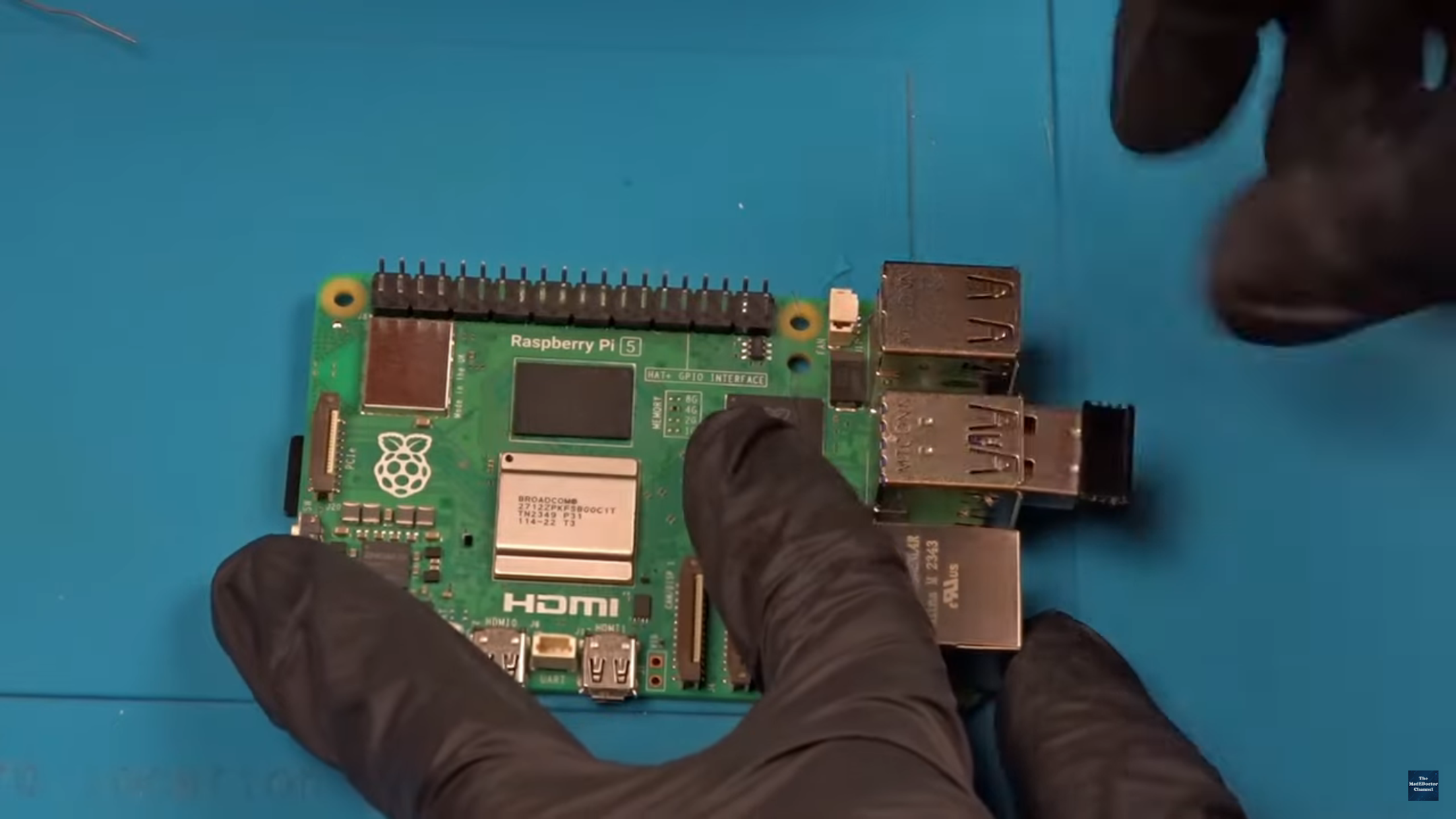

I think my very first exposure to Linux was when I got a Pi 3 for Christmas when I was 10; by next year, I was trying out Ubuntu 16.04 in a VM.
However, it took several years before I began daily-driving; I had thrown it on an old laptop during my sophomore year of high school that I mostly used from the couch.
I then did a “test install” of Debian Testing on my main desktop pater that year, which just became what I used every day and quickly just became my main operating system.
I soon installed it on everything else I owned and haven’t looked back.



OP explicitly said Mint isn’t what they’re looking for.